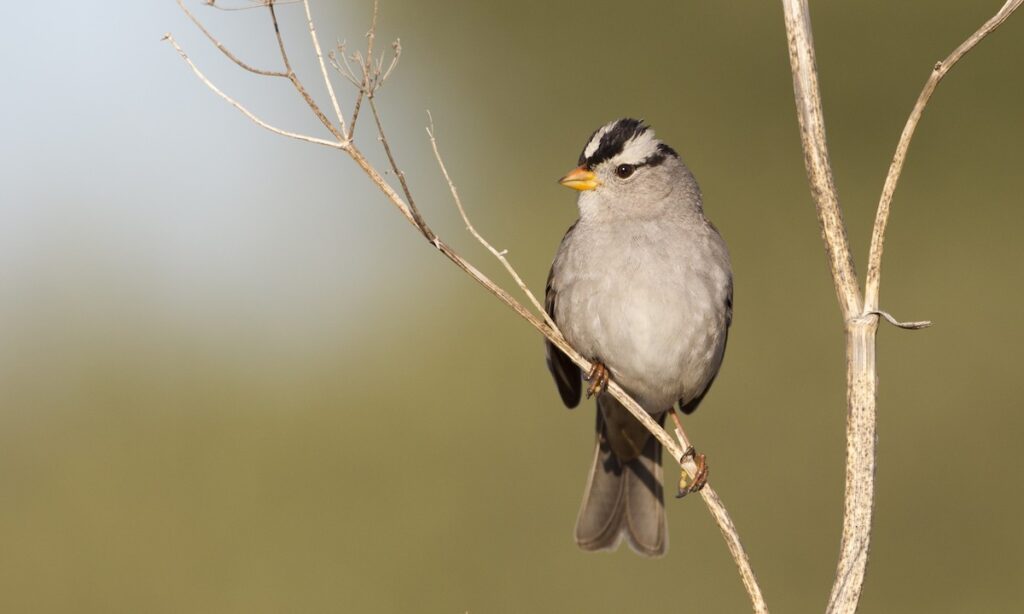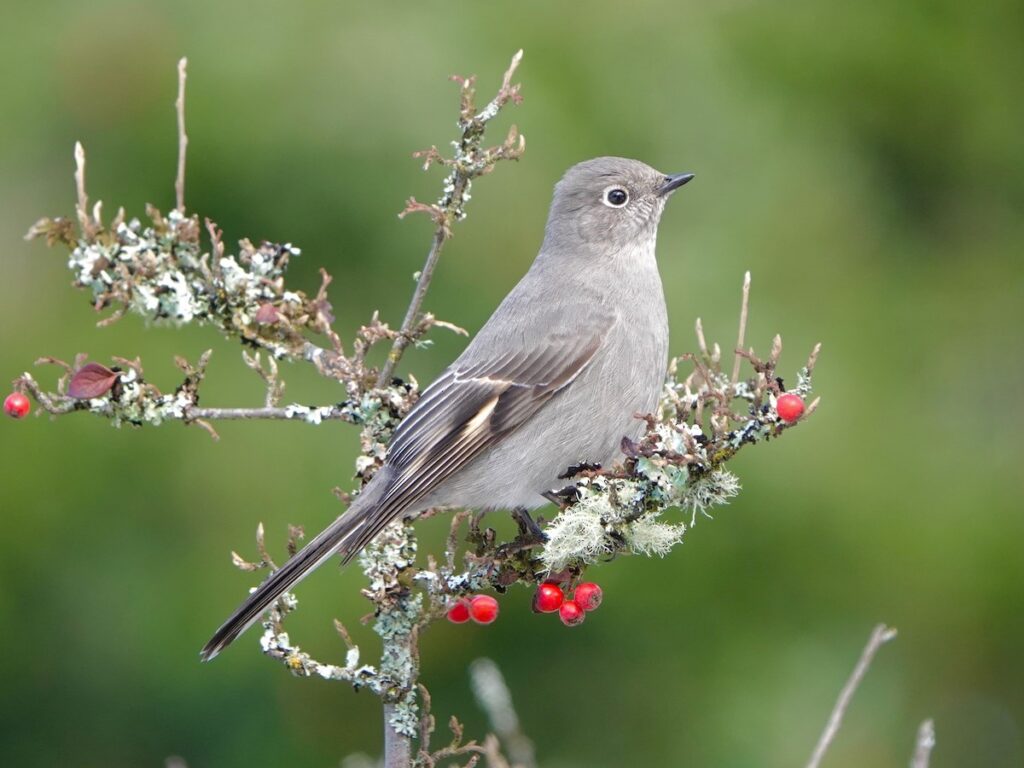If Trees Could Vote
Chris Lane
July 1, 2025

Chris Lane, CEO, Aspen Center for Environmental Studies
June 24, 2025
You can affect how we manage millions of acres of habitat in our public lands.
Question: How fast can a tree “run” uphill? The answer: 0.000000135 mph. I’m not joking.
While that may sound slow, it is 500 vertical feet in 80 years. According to a recent study by California Department of Fish and Wildlife, key tree species in the Sierra Nevada Mountains have moved that far as new saplings take root farther up mountainsides.
This should be very concerning to you!
Why are trees running for their lives? Mainly because last year was, yet again, the hottest year on record.
Trees respond to temperature increases by moving to cooler, more suitable habitats, in some cases uphill at higher altitudes and in other cases more northern latitudes.
Trees are literally climate refugees, running for their lives.
But the news gets worse for our forests: Senate Republicans have unveiled their own version of the (tax and spending) Reconciliation bill that will repeal the 2001 “roadless rule” that had preserved the wild nature of nearly a third of the land in national forests in the United States. The unspoiled land in question includes Tongass National Forest in Alaska, North America’s largest temperate rainforest. This administration has called on cabinet secretaries to bypass endangered species laws and other environmental protections to boost the domestic supply of timber.
When President Bill Clinton used executive authority to protect the forests in 2000, it was hailed by conservationists as the most significant step since President Theodore Roosevelt laid the foundation for the national forest system. It blocked logging, road building and mining and drilling on 58 million acres of the remaining undeveloped national forest lands.
Additionally, the Senate Energy and Natural Resources Committee updated its budget bill to include making more than 250 million acres of public lands across 11 states eligible FOR SALE to “any interested party”. The proposal would require the Bureau of Land Management and the U.S. Forest Service to identify and sell between 2.2 million and 3.3 million acres of public lands, allegedly to build housing.
Additionally, the Senate Energy and Natural Resources Committee is working to make public lands eligible FOR SALE to “any interested party”. While the Senate Parliamentarian recently ruled that their original amendment was not eligible to be included in the reconciliation process, Republicans on the Senate Energy and Natural Resources Committee are hard at work on a new amendment to steal our nation’s greatest public resource.
This is a problem because forests support life – especially human life. US forests absorb more than 13 percent of human-caused US emissions of carbon dioxide and therefore are considered to play a crucial role in mitigating the magnitude of climate change. Forests store water in the form of snow (and no snow means no healthy rivers in our state).
And they provide the basic ecosystem services required for life: from nutrient cycling, erosion control, soil formation and water regulation to provision of raw materials, food, and recreation. Simply stated, forests are the ecological foundation for plant, animal and, yes, your own life.
But a forest can go from being a climate asset to a carbon producer very quickly when they die. We are already seeing this effect here in Colorado where, over the last seven years, due to a lethal combination of drought, heat and voracious bark beetles, the number of dead trees standing in Colorado forests increased almost 30 percent, to an estimated 834 million trees – or nearly one in every 14 standing trees in the state.
Tree dies-offs of this magnitude are unprecedented.
At ACES, we are working on forest health projects on a local, regional and national level. We (in partnership with Pitkin County OST, the City of Aspen, and the U.S. Forest Service, among others) have been involved in several restoration projects in and around the Hunter Creek and Red Mountain areas over the last several years to improve wildlife habitat and reduce hazardous fuels. These efforts have included prescribed fires, oak mastications, aspen stand regeneration, and conifer patch cuts. Merely weeks later, these sites regenerate new vegetation (that also serve as “feeding zones” for ungulates).
ACES maintains the Colorado Forest Health Index, online at foresthealthindex.org. Organizations from across the country have taken notice of this innovative tool that tracks drivers of forest health across all of Colorado’s Forested Watersheds.
ACES continues to expand our forest health education initiatives both in the classroom and out in the field. ACES Educators and Naturalists receive comprehensive training on our forest initiatives. Our weekly “Know Your Trees” program is a fun interactive way for people to learn about our local forests and these issues that affect them.
Through ACES’ State of the Forest reports we provide updates on climatic conditions and insects and diseases affecting local forests. They dive deep into future forests, analyze the interaction between spruce beetles and wildfire, and offer collaborative solutions to the Forest Service funding crisis. Most of all, these reports educate citizens and policy makers how take action on forest health and conservation issues.
But as one can see, with the attempt to repeal our country’s “roadless rule” and sell our public lands, we have much work to do.
With a phone call to your congressional representatives, you can awaken them to our world of tree “refugees” and ask them to retain the “roadless rule” we’ve had for decades and not sell our public lands.
So, how would trees vote if they could? I think the answer is clear.
Rep Jeff Hurt District 3 – DC office (202) 225-4676; GJ Office (970) 208-0455
Senator Michael Bennet (303) 455-7600
Senator John Hickenlooper (303) 244-1628
Related Content

ACES Morning Birding at Hallam Lake 10/21/25
Learn More
ACES Morning Birding at Rock Bottom Ranch 10/14/25
Learn More